Overview
Durbar High School, currently known as Bhanu Secondary School, is one of the oldest academic institutions in Nepal. Located in the heart of Kathmandu near Rani Pokhari, the school has stood as a historical landmark of formal education in the country since its establishment in 1854 A.D.
Initially founded to provide Western-style education to the children of Nepal's ruling elite, Durbar High School eventually opened its doors to the public.
It became a cornerstone of the nation’s academic evolution. The school is administered under the Kathmandu Metropolitan City and is currently offering primary to lower secondary and secondary education.
.jpg)
Quick Highlights
-
Name: Durbar High School (Bhanu Secondary School)
-
Established: 1854 A.D.
-
Location: Jamal, Kathmandu, Nepal
-
Grade Levels: Play Group to Grade 10 (Plans to introduce Grade 11 & 12)
-
Student Population: Approximately 350
-
Total Teachers: 17 (8 Secondary, 3 Lower Secondary, 6 Primary)
-
Administrative Staff: 7
-
Teaching Methods: Montessori, KWHLAQ
-
Special Features: STEAM Club, Robotics Education, SDG Integration
-
Building Reconstruction: Completed with Chinese Government Support (2020)
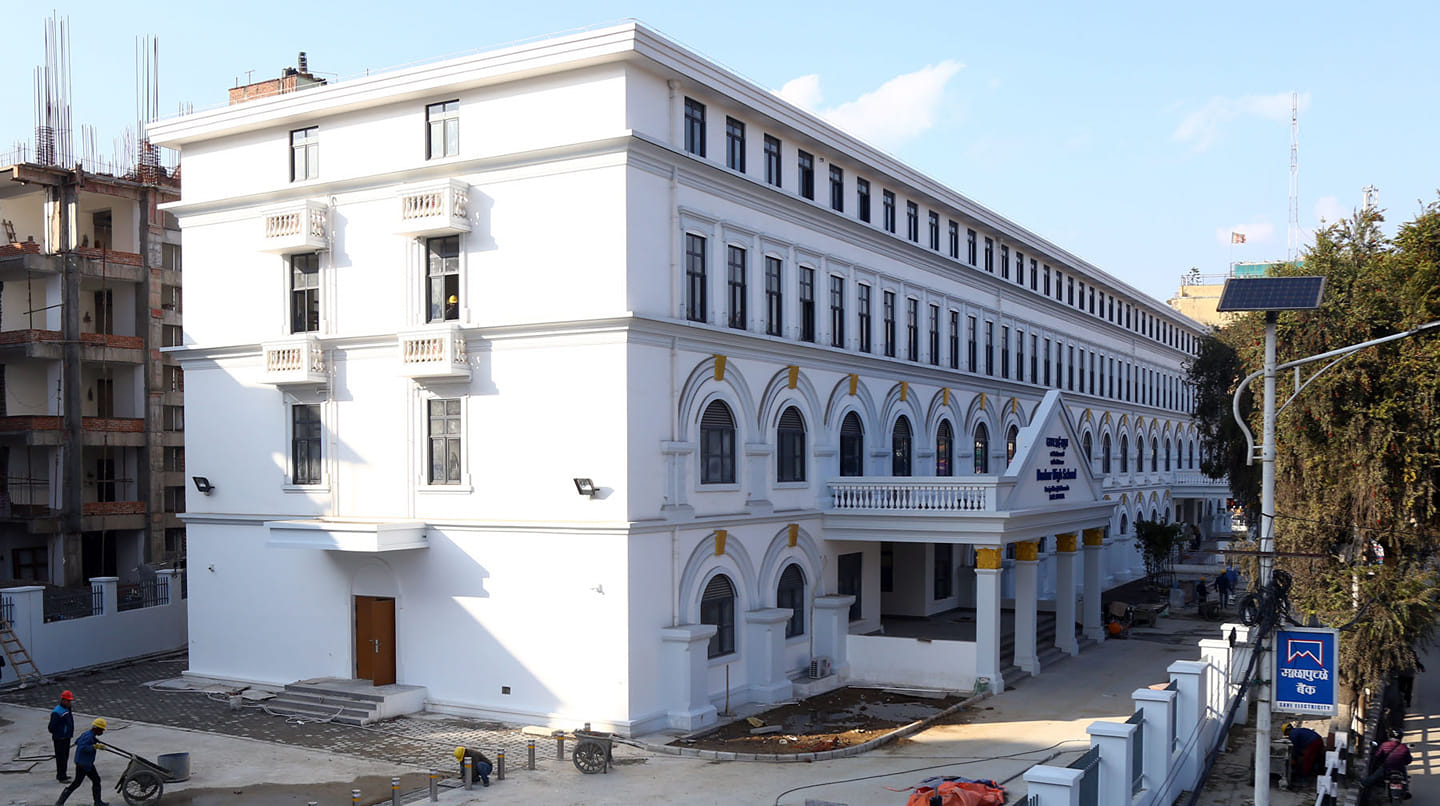
History of Durbar High School
Durbar High School was founded by Jung Bahadur Rana in 1854, following his visit to England and France. Inspired by European education systems, he sought to introduce formal schooling in Nepal.
Initially, the school served only the children of the ruling families and was located within royal palaces such as Thapathali, Charburja, and Narayanhiti Durbars. An Englishman named Kenning served as its first teacher, offering lessons in English, history, geography, mathematics, and Nepali.
The school gradually expanded access to children of high-ranking government officials in 1876, and by 1900, it had become a public school.
Its affiliation with Calcutta University and later Patna University helped formalize the recognition of its certificates. Eventually, Nepal developed its own examination system with the formation of the S.L.C. examination board in 1933.
The present building, located beside Rani Pokhari, was built in 1891 by Prime Minister Bir Shumsher. Despite suffering damage during the 2015 earthquake, the school has since been reconstructed with assistance from the Government of China and was handed over to the school management in 2020.
Academic Programs Offered
Currently, the school runs classes from Play Group to Grade 10. Each early childhood level has a unique thematic focus:
-
Play Group: Adventurous Ant
-
Nursery: Busy Bee
-
L.K.G.: Creative Caterpillar
-
U.K.G.: Dancing Dragonfly
All levels incorporate the Sustainable Development Curriculum. The curriculum structure includes core subjects such as English, Nepali, mathematics, science, social studies, health, moral education, and computer science. The school plans to introduce Grades 11 and 12 in the near future, in line with national curriculum standards.
Class 11-12
MANAGEMENT SUBJECT LIST
-
English
-
Nepali
-
Social Studies
-
Account
-
Economics
-
Optional:
-
i. Business Maths
-
ii. Computer Science
-
FEE STRUCTURE
| Category | Computer Science | Business Math |
|---|---|---|
| Admission | 3000 | 3000 |
| Monthly | 1000 x 12 = 12000 | 1000 x 12 = 12000 |
| Exam | 500 x 4 = 2000 | 500 x 4 = 2000 |
| Optional | +2000 | — |
| Total (Yearly) | 19000 | 17000 |
Admission Process
Admission to Durbar High School typically opens before the beginning of the academic year. The school provides admissions from Play Group to Grade 10, with specific requirements based on grade levels. For early years, age and interaction-based assessments are conducted.
From Grade 1 onwards, entrance assessments may include basic literacy and numeracy evaluations. Parents or guardians are required to fill out an official admission form and submit necessary documentation, including birth certificate and academic records (if applicable).
Teaching Faculty and Learning Methodology
The school has a team of 17 dedicated teachers:
-
8 Secondary level teachers
-
3 Lower secondary level teachers
-
6 Primary level teachers
All educators are qualified according to the government norms, with several holding advanced degrees in their subject areas. The school emphasizes continuous professional development and regularly organizes training to enhance instructional quality.
Montessori principles are applied in early childhood education, while the KWHLAQ method is used across multiple grade levels to promote active learning and critical thinking. The inclusion of the Sustainable Development Goals (SDGs) within the curriculum ensures students gain awareness of global issues from an early stage.
Infrastructure and Learning Facilities
Following the 2015 earthquake, the school was rebuilt and now features modern infrastructure suited for contemporary learning environments. Major facilities include:
-
Well-ventilated classrooms
-
Science laboratory
-
Computer lab with internet connectivity
-
Library with print and digital resources
-
Conference and seminar hall
-
Multimedia-enabled teaching spaces
-
Playground and physical education space
-
Cafeteria and health care station
-
CCTV surveillance for safety
-
E-library and journal access
-
Parking space and transportation support (if available)
Student Life and Campus Experience
Durbar High School emphasizes the holistic development of its students. Beyond academics, the school offers a nurturing environment that fosters students' creative, physical, and cognitive growth.
Regular interaction programs, inter-school exchanges, project-based learning, and thematic activities are organized to build confidence and leadership in students. The school fosters inclusivity and discipline in a safe and structured setting.
Extracurricular Activities (ECA)
ECA is an integral part of the school’s academic calendar. Students are encouraged to participate in a wide range of non-academic activities. Major areas include:
-
Music and dance
-
Visual arts and craft
-
Sports: football, cricket, volleyball, and athletics
-
Quiz contests and debates
-
Robotics (proposed)
-
STEAM Club activities (ongoing)
-
Field trips and community engagement
These activities are designed to promote well-rounded development and to help students discover and nurture their talents.
Scholarships and Financial Support
Durbar High School ensures inclusive education through scholarship provisions. Scholarships are available for:
-
Students from economically disadvantaged backgrounds
-
Students with outstanding academic performance
-
Students with disabilities
Scholarship allocation is based on the guidelines of Kathmandu Metropolitan City and government education policies. Transparent criteria and proper documentation are used to evaluate eligibility and continue support.
Achievements and Institutional Milestones
Durbar High School holds a unique place in Nepal's educational landscape. Some of its significant milestones include:
-
First formal school in Nepal (1854 A.D.)
-
Transitioned from elite to public institution by 1900
-
Affiliated with Calcutta and Patna Universities in early years
-
Introduced S.L.C. Board examinations in Kathmandu (1933)
-
Successfully reconstructed after the 2015 earthquake (2020)
-
Integration of SDG education, Montessori, and KWHLAQ methods
-
Introduction of early childhood thematic learning models
These achievements reflect the institution’s enduring commitment to educational access and relevance.
Why Choose This Institution?
Durbar High School provides a meaningful blend of heritage and progress. It remains a historic pillar of education in Nepal while evolving to meet current academic and developmental needs. Key reasons for choosing this institution include:
-
Long-standing academic legacy with national significance
-
Central Kathmandu location, accessible to students from diverse backgrounds
-
Government-managed public education with no hidden fees
-
Qualified and experienced teaching staff
-
Progressive learning methodologies with Montessori and SDG integration
-
Planned expansion into higher secondary education
-
A safe, student-friendly environment with modern infrastructure
-
Inclusive policies and scholarship opportunities
Conclusion
Durbar High School, also known as Bhanu Secondary School, continues to shape Nepal's educational history through its consistent service, innovative curriculum, and community involvement. With a renewed infrastructure and a vision for inclusive, student-centered learning, the school stands as a benchmark for quality public education in Nepal.
Contact Address
Location: Ranipokhari, Kantipath, Kathmandu
Phone No: +977-1-5349890, +977-9851347772, +977-9851347773, +977-9851347780



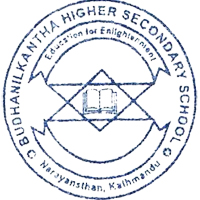
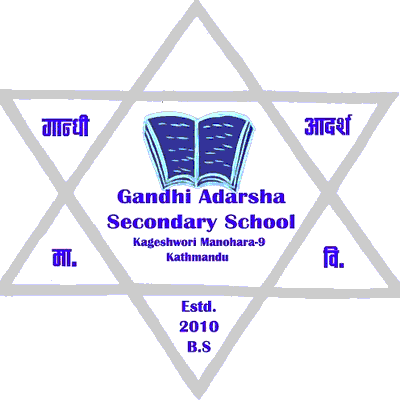
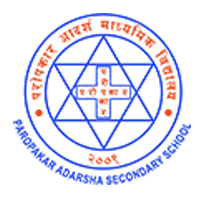
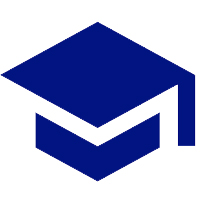
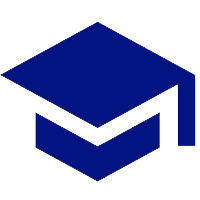
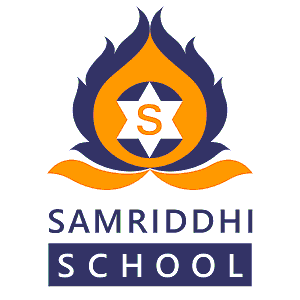

You need to login to comment.